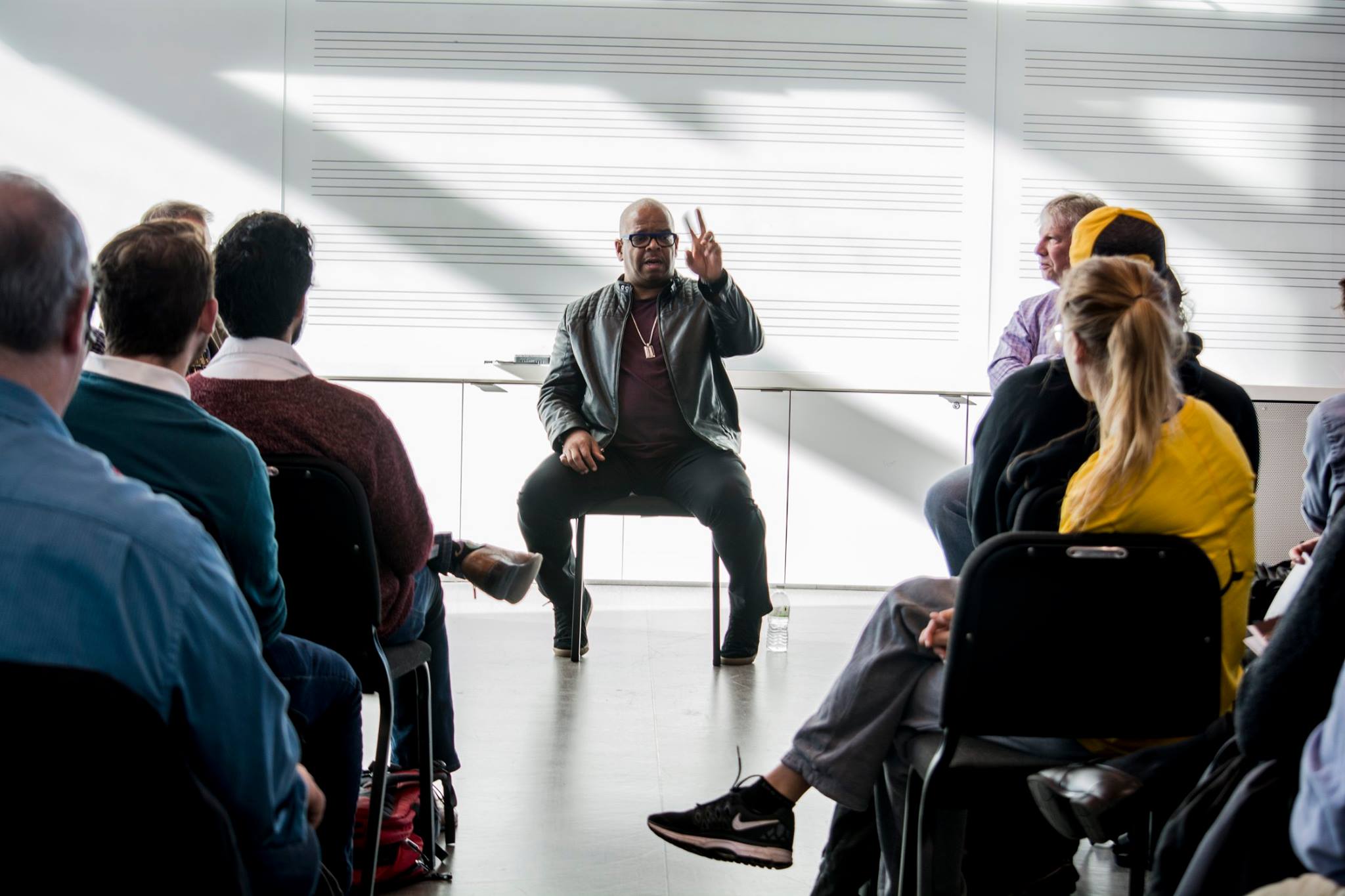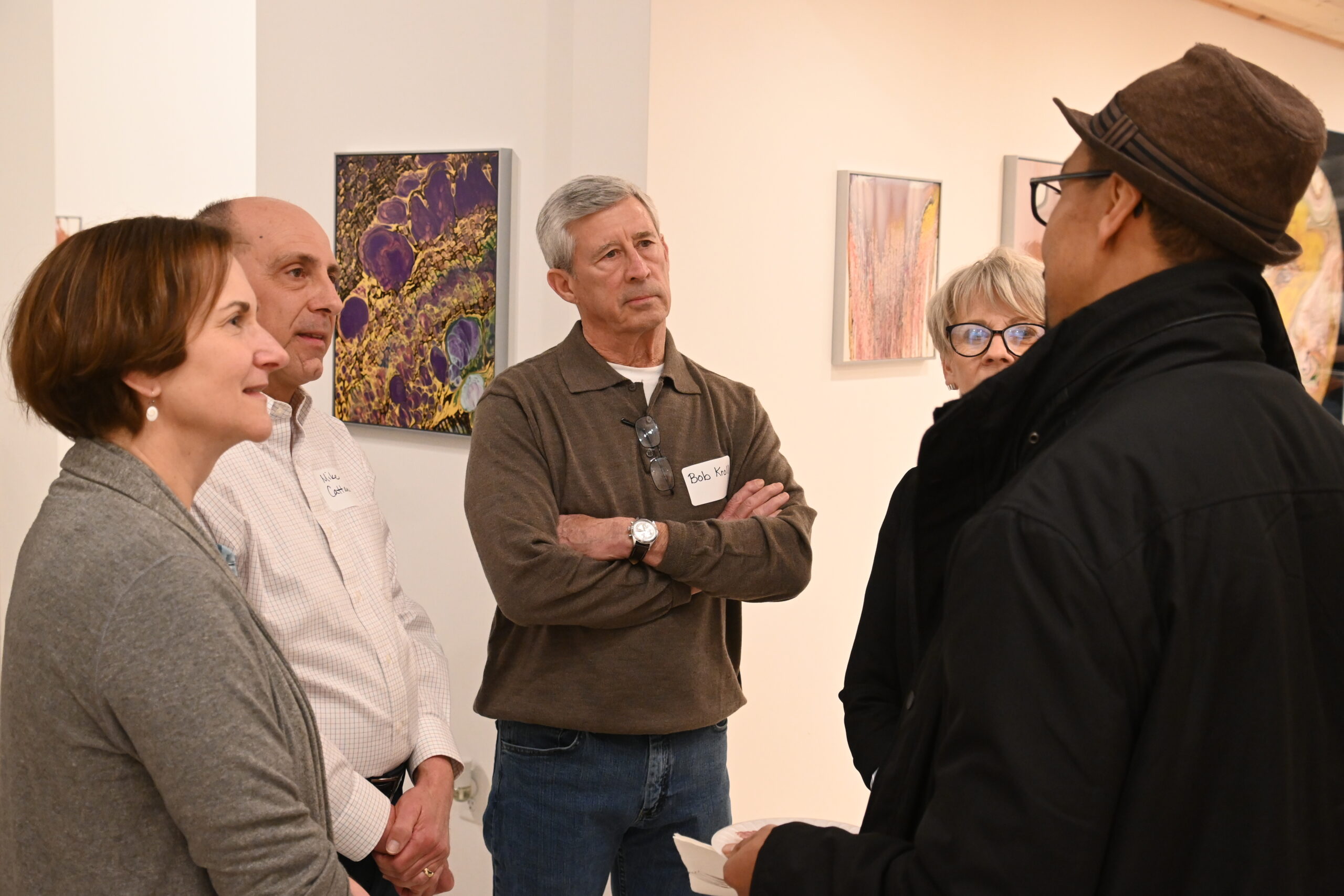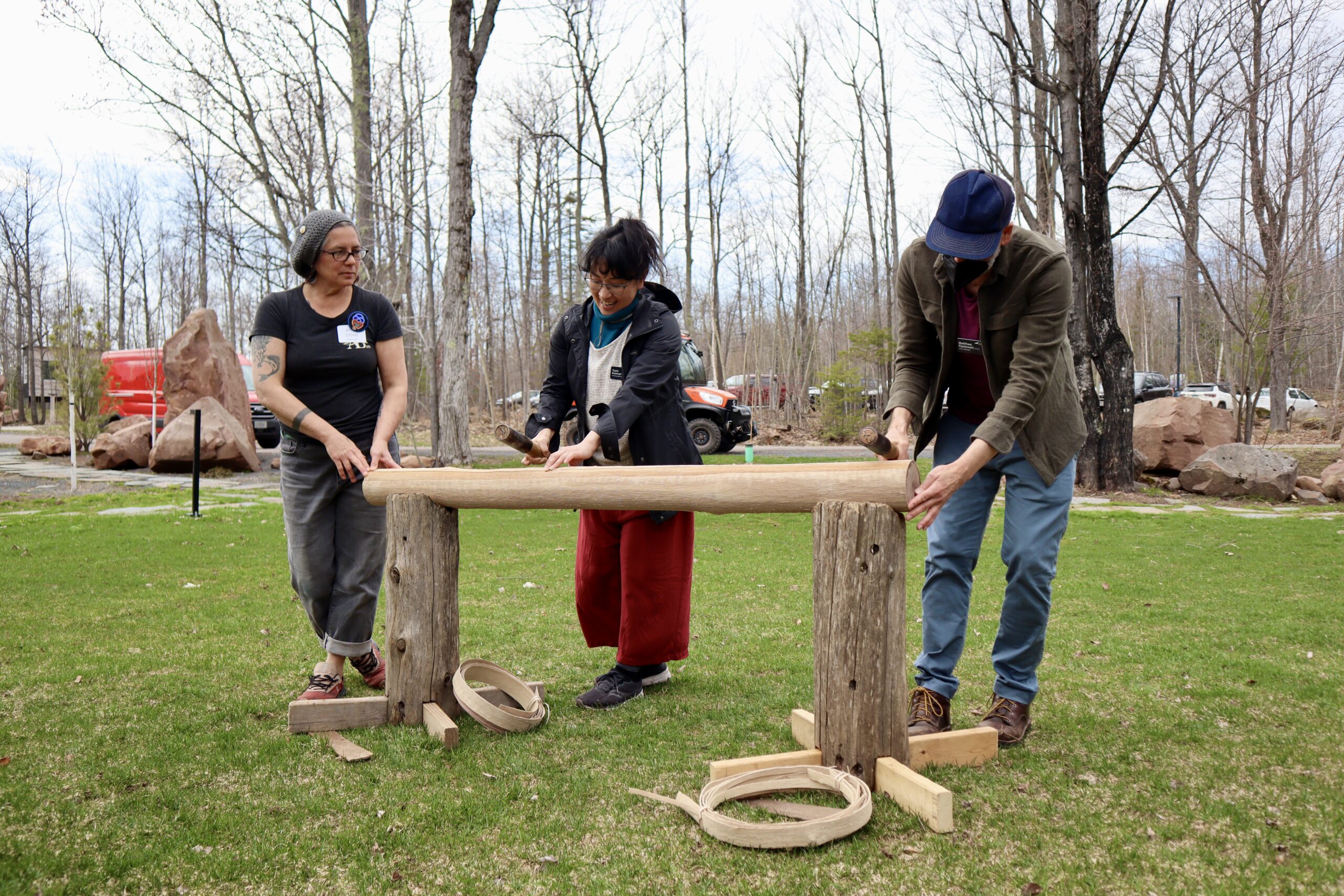When I encounter a new piece of jargon—special words or expressions used within a particular field—I often ask myself these three questions: What is it? So what? Now what?
This article walks us through these questions as they relate to the term, “capacity building.” Let’s get beyond the jargon and explore how capacity building might help your organization.
Defining Capacity Building (What Is It?)
The National Council of Nonprofits defines capacity building as “an investment in the effectiveness and future sustainability of a nonprofit … it strengthens a nonprofit’s ability to deliver on its mission over time, thereby enhancing the nonprofit’s ability to have a positive impact on lives and communities.”
Sometimes capacity building activities and trainings can be called “technical assistance” or “wraparound services” and are offered in tandem with grant funding.
There are many different types of nonprofits, so capacity building can look different across different fields and sectors. However, there are some common capacity building practices that many nonprofits utilize. These include, but are not limited to:
- Strategic planning, creating a theory of change, forming a logic model
- Analyzing and identifying if there are elements of the organization’s operation that would be best outsourced, so staff can focus on serving their community
- Building an accessibility action plan
- Creating an equity plan for the organization (this sometimes also includes diversity, inclusion, accessibility, justice, belonging, or other elements as determined by the organization)
- Identifying an external communications and marketing strategy
- Developing a professional development and/or peer learning plan for staff and/or board members
- Improving volunteer recruitment
- Improving board development and recruitment
- Developing an advocacy plan to connect with policymakers
- Conducting a field scan to develop new relationships related to community building and programming enhancement
- Cultivating networks to generate power and change systems
- Ensuring thoughtful leadership succession (succession planning) and/or developing a mentorship plan
- Updating organizational technology
- Updating IT safety and security plans
- Improving how a nonprofit measures its outcomes
- Developing and formalizing monitoring, evaluation, and learning [MEL] strategies and procedures
- Building a partnership strategy and accompanying procedures
- Implementing a project management system

How is Capacity Building different from professional development?
Professional development is an investment in the betterment of individual staff members. In contrast, capacity building is aimed at the betterment of the nonprofit organization as a whole.
There is an argument to be made that all professional development is a form of capacity building because ultimately, an organization is made of its individuals. However, for the purposes of this article, we will use this distinction between the two categories:
- If the primary goal of a training or exercise is the betterment of the organization, then it is capacity building.
- If the primary goal of a training or exercise is to build up an individual’s skill set, it is professional development.
The Importance of Planning for Capacity Building (So What?)
Capacity building can help organizations better achieve their mission and serve their community. By thinking about how to improve goals and operations, leaders and staff can plan together for the future.
It is important to note that nearly all capacity building involves changes to goals, procedures, or processes. These changes take time and resources, so planning and communication are very important.
Often, organizations will plan out the capacity building they would like to do in the future. There are often grants and training available for capacity building. Nonprofit organizations can search for these capacity building opportunities at the local, regional, and national level. State associations of nonprofits, state arts agencies, and local arts agencies are a great place to start looking. Don’t forget to check out opportunities from your Regional Art Organization and other regional service providers. National organizations for your field of practice are another great resource, as well as National Council of Nonprofits, Americans for the Arts, National Endowment for the Arts, and others.
Limitations of traditional capacity building efforts
It’s important to recognize that traditional capacity building efforts have faced criticism. These efforts often adopt capitalist business practices and suggest that “bigger is better,” which may not suit community-oriented organizations. Additionally, traditional capacity building assumes a deficit approach, implying that organizations inherently lack essential elements.
Furthermore, capacity building tools and practices have often overlooked the dynamics of power and issues of equity. The report “Reimagining Capacity Building: Navigating Culture, Systems & Power” by Grantmakers for Effective Organizations explores this history and offers recommendations for incorporating a racial equity lens into capacity building efforts.

Build a Capacity Building Wish List (Now What?)
If an organization has a plan or wish list, you can be ready when capacity building grants, trainings, or opportunities arise. We recommend taking a few minutes to reflect and draft a capacity building plan or wish list.
There are many different approaches to this type of ideation and listing. It might start as an individual exercise, then a small group activity with members of leadership, eventually leading to a full staff-wide activity (as appropriate), such as the Ford Foundation’s Organizational Mapping Tool. It can also be helpful to engage community participants to get additional input to ensure those who will feel the impact most directly are consulted.
While not strictly necessary, there are many existing organizational capacity assessment tools and guides to selecting them, such as those listed in the William & Flora Hewlett Foundation report, “A Guide to Organizational Capacity Assessment Tools.”
Be mindful of your organization’s unique values and context when engaging with external tools. Check in with staff who may have expertise to share on capacity, facilitation, equity, and more.
- Ask yourself what capacity building activities and tasks would best serve your organization, consulting the list above. Are there additional activities not listed here that would enhance your organization’s capacity? Then list the following for each activity:
- Can we achieve this activity with internal staff, or do we need external support?
- Do we need to hire a consultant?
- Do we have any partners or peer organizations that could assist?
- Are we connected with any skilled volunteers or board members who would like to make an in-kind donation of their services?
- Which staff members would need to be involved and accountable, and what is their availability?
- How long will each of these activities take?
- At what point in your annual calendar would these tasks be most achievable? Each organization has different busy times of year.
- What financial resources are needed?
Finally, prioritize the list according to potential positive impact, readiness, availability of staff, timing, cost, and other factors that will affect your organization. Which items are the most important to get started on, and which ones can wait until later? Consider working incrementally and iteratively over a longer term to avoid over-extending staff and resources.

Conclusion
In conclusion, capacity building can be a crucial aspect of strengthening and sustaining nonprofit organizations. By understanding what capacity building is, recognizing its importance, and planning for it thoughtfully, nonprofits can enhance their ability to fulfill their missions and positively impact their communities. Building a capacity building wish list and prioritizing activities can help organizations be prepared for opportunities and navigate the challenges of implementing these changes.
Ultimately, the goal of capacity building is to create a more robust, responsive, and resilient organization that can continue to thrive and serve its community for years to come.
Additional Resources
Chandler, Jennifer and Kristen Scott Kennedy. “A Network Approach to Capacity Building,” (2015).
The Delta Vision Project. “The Delta Vision: Building Capacity for and by Communities of Color,” (2018).
Littles, Marcus. “Should We Cancel Capacity Building?” Nonprofit Quarterly, September 13, 2022.
Misra, Susan, Natalie Bamdad, Natasha Winegar. “Essential Capacities for Equitable Communities.” (2020).
Nishimura, April, Roshini Sampath, Vu Le, Anbar Mahar Seikh, & Ananda Valenzuela. “Transformational Capacity Building,” Stanford Social Innovation Review (2020).
“Where Can I Find Information on Nonprofit Capacity Building?” Candid. Includes pro-bono and in-kind resources.
